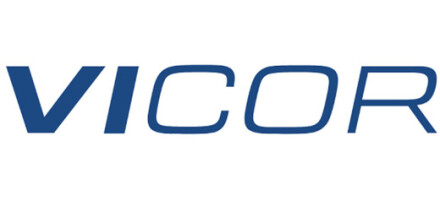GUEST BLOG: Defense industry embraces the benefits of standardized power supplies
BlogMarch 15, 2023

As 2023 marches on, we are seeing a growing trend within the aerospace and defense electronics industry toward technology standardization, in particular regarding power-delivery networks. The U.S. Department of Defense (DoD) and prime defense contractors are incentivized to push standardized, modular power systems thanks to their inherent reusability, ability to scale across multiple platforms, and the clear benefits of shorter development time and faster time to revenue.
While this may seem like a well-defined movement, power supplies – until the advent of hardware standards such as MOSA (Modular Open Systems Approach) and SOSA (Sensor Open Systems Architecture) – were largely an afterthought when it came to shifting from highly-customized designs to standard, off-the-shelf solutions.
In an all-too-common scenario, only once the system is specified and the logic and memory subsystems are designed does the question arise: “How are we going to power this thing?” At that point, there are typically very limited options. The engineer is left with a collection of power form factors to design for – some are shaped like half-moons or pentagons while others are accordion-shaped to accommodate flex PC boards. The engineer is then given a mechanical outline and space dimensions and asked, “Can you shoehorn in a power supply?”
The industry has been working like this for decades, absorbing the expense of custom power supplies that must also be reliably cooled – another critical design element that is too often left as a postscript. It’s as if someone built a car first, then considered how to power it.
Vicor has been powering defense applications for years and has learned that the power chain is still often relegated to late-stage design, or even retrofitted in some instances. It’s unfortunate, because earlier, serious consideration of the power delivery network can be a strategic advantage once you understand the design benefits of power modules.
That’s a habit we expect to change as the industry continues to embrace alignment with MOSA and SOSA standards. This is a positive trend, because we firmly believe that power should be at the forefront of all design considerations. Not only does it ensure a cleaner, less expensive, more power-efficient design, it guards against obsolescence in an industry where hardware is often expected to be in service for 20 or 30 years. Moreover, having a known power supply early in the design process can help to expedite the recertification process and simplifies logistics and inventory management.
The opportunity to transition to standard, module power systems is opening up in large part due to top-down pressure from the U.S. government. What does this evolution look like? We are seeing custom chassis and backplanes giving way to standardized designs with a consistent form factor across the entire application space, whether for an aircraft or an advanced radar array.
In this situation, the engineer plugs in a single-board computer and other instrumentation cards, and the predictable, pluggable power supply becomes an integral part, complete with specified voltage rails and output power. High-efficiency modules capable of supporting many different V-in/V-out also enable greater flexibility and the ability to react quickly to design changes.
These power-density advancements will enable more power in the same space for future designs, which is enabling scalability through technology reuse. At Vicor, we appreciate that this long trend line is only possible if design engineers understand and appreciate the benefits of standard, modular power components. It’s a more strategic approach to power that yields faster designs, enhances overall system performance, and mitigates obsolescence.
John Sturm is Vice President of Business Development for the Aerospace & Defense business unit at Vicor. Matt Renola is Senior Director, Global Business Development – Aerospace, Defense and Satellite business unit at Vicor.
Vicor https://www.vicorpower.com/

Featured Companies
Vicor Corporation
Andover, MA







